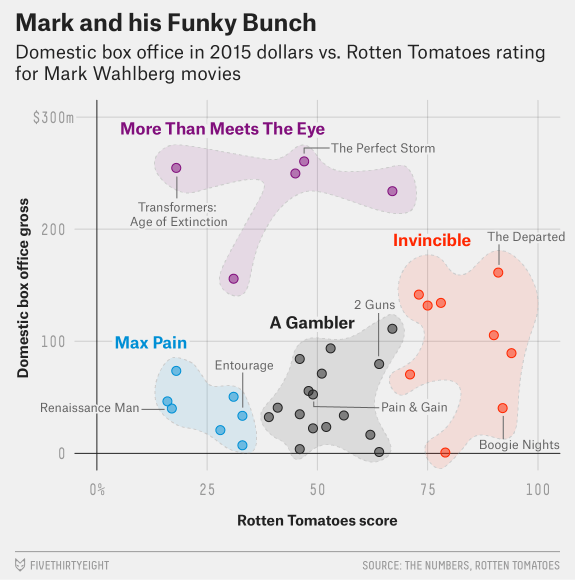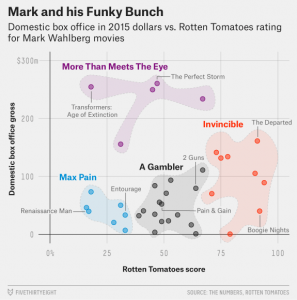The Bible Verse from “Hacksaw Ridge”
Posted on November 2, 2016 at 9:33 pm
Mel Gibson’s “Hacksaw Ridge” opens with a Bible verse that provides setting and inspiration for the true story of Desmond Doss, a WWII medic who braved enemy fire to bring 75 wounded soldiers to safety.
It is Isaiah 40:28
Have you not heard?
The Lord is the everlasting God,
the Creator of the ends of the earth.
He will not grow tired or weary,
and his understanding no one can fathom.
He gives strength to the weary
and increases the power of the weak.
Even youths grow tired and weary,
and young men stumble and fall;
but those who hope in the Lord
will renew their strength.
They will soar on wings like eagles;
they will run and not grow weary,
they will walk and not be faint.


